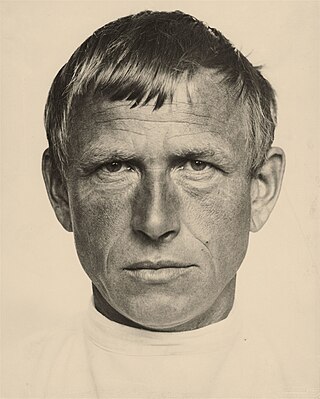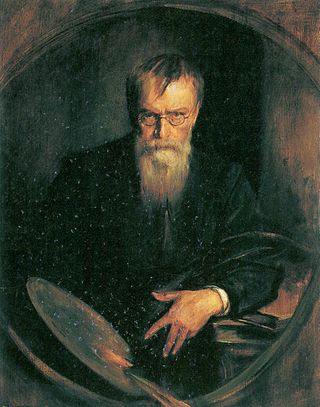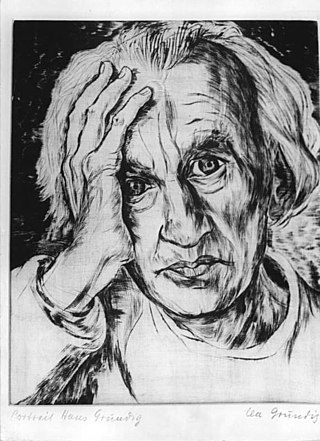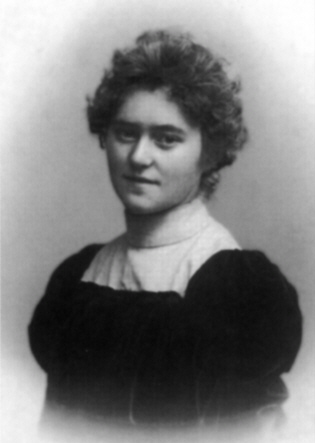
Willi Geiger (August 17, 1878 in Landshut - February 11, 1971 in Munich) was a German painter.

Willi Geiger (August 17, 1878 in Landshut - February 11, 1971 in Munich) was a German painter.
Willi Geiger was born 1878 in Landshut. He was a son of a teacher. From 1898-99, he attended the Munich Arts and Crafts School, and later the Technical University, where he passed the state examination to teach drawing. Willi Geiger studied with Franz Von Stuck at the Munich Academy from 1903, alongside Hans Purrmann. He was awarded the National prize and the Schack scholarship for some of his early work and he traveled to Spain, Italy, and North Africa. [1] Willi Geiger was awarded the 1910 Villa Romana prize for his success as a graphic designer. He worked with Richard Dehmel, Frank Wedekind, and others.
Geiger lived until 1914 in Berlin and presented in the gallery. Then he went back to Munich and became a professor at the School of Decorative Arts. He copied paintings by the great Spanish painters Goya, Velasquez, and El Greco and turned to portrait painting. Geiger's study of El Greco's work is reflected in his portrait of the composer Hans Pfitzner.

After the seizure of power by the Nazis, he was dismissed as a lecturer at the Leipzig Academy. He was politically opposed to the Nazi Party, and his artworks were deemed "degenerate" by the authorities. [1] On retirement, he continued to paint. After the war, in 1946 Willi Geiger taught again at the College of Fine Arts in Munich. In 1951, he received the Culture Prize of the City of Munich where he lived until his death in 1971.
Willi Geiger's son, Rupprecht Geiger, also became a well -known artist and professor.

Wilhelm Heinrich Otto Dix was a German painter and printmaker, noted for his ruthless and harshly realistic depictions of German society during the Weimar Republic and the brutality of war. Along with George Grosz and Max Beckmann, he is widely considered one of the most important artists of the Neue Sachlichkeit.

Doménikos Theotokópoulos, most widely known as El Greco, was a Greek painter, sculptor and architect of the Spanish Renaissance. El Greco was a nickname, and the artist normally signed his paintings with his full birth name in Greek letters, often adding the word Κρής, which means "Cretan", in Ancient Greek.

Franz Seraph Lenbach, after 1882, Ritter von Lenbach, was a German painter known primarily for his portraits of prominent personalities from the nobility, the arts, and industry. Because of his standing in society, he was often referred to as the "Malerfürst".

Adolf Ziegler was a German painter and politician. He was tasked by the Nazi Party to oversee the purging of what the Party described as "degenerate art", by most of the German modern artists. He was Hitler's favourite painter. He was born in Bremen and died in Varnhalt, today Baden-Baden.

The Thyssen-Bornemisza National Museum, or simply the Thyssen, is an art museum in Madrid, Spain, located near the Prado Museum on one of the city's main boulevards. It is known as part of the "Golden Triangle of Art", which also includes the Prado and the Reina Sofía national galleries. The Thyssen-Bornemisza fills the historical gaps in its counterparts' collections: in the Prado's case this includes Italian primitives and works from the English, Dutch and German schools, while in the case of the Reina Sofía it concerns Impressionists, Expressionists, and European and American paintings from the 20th century.

Otto Müller was a German painter and printmaker of the Die Brücke expressionist movement.

Karl Christian Ludwig Hofer or Carl Hofer was a German expressionist painter. He was director of the Berlin Academy of Fine Arts.

El Greco, 1541 – April 7, 1614) was a prominent painter, sculptor and architect of the Spanish Renaissance, whose dramatic and expressionistic style was met with puzzlement by his contemporaries but found appreciation in the 20th century.

Willi Baumeister was a German painter, scenic designer, art professor, and typographer. His work was part of the art competitions at the 1928 Summer Olympics and the 1932 Summer Olympics.

Hans Grundig was a German painter and graphic artist associated with the New Objectivity movement.

Franz Defregger was an Austrian artist known for producing genre art and history paintings set in his native county of Tyrol.

Frank Eugene was an American-born photographer who was a founding member of the Photo-Secession and one of the first university-level professors of photography in the world.
Rupprecht Geiger was a German abstract painter and sculptor. Throughout his career, he favored monochromicity and color-field paintings. For a time, he concentrated solely on the color red.

Günter Rittner was a German painter and illustrator. He ranks among the best known German portrayers of the 20th Century. Rittner's portraits of Ludwig Erhard as well as of Kurt Georg Kiesinger are the foundation of the Gallery of Chancellors, established in 1976 by former Chancellor Helmut Schmidt in the Bundeskanzleramt in Berlin.
Albert Windisch was a German painter, Academy Professor and typographer. Windisch was successful as a painter and as a typographer as well. As a painter, he preferred urban scenes and portraits and after 1945 mainly floral motifs. For Klingspor he designed in 1917 the Windisch cursive font, later he worked for the Stempel foundry.

Maria Caspar-Filser was a German painter. She lived and worked mainly in Munich.

Hugo Joseph Anton Freiherr von Habermann was a German painter and draftsman. He is sometimes referred to as "the Elder" to distinguish him from his nephew of the same name, who was also a painter.
Anatoly Kaigorodov was a painter.

Georg Sauter was a German-English painter, lithographer and draftsman.

Karl Michael Haider (1846–1912), was a Bavarian landscape and portrait painter.